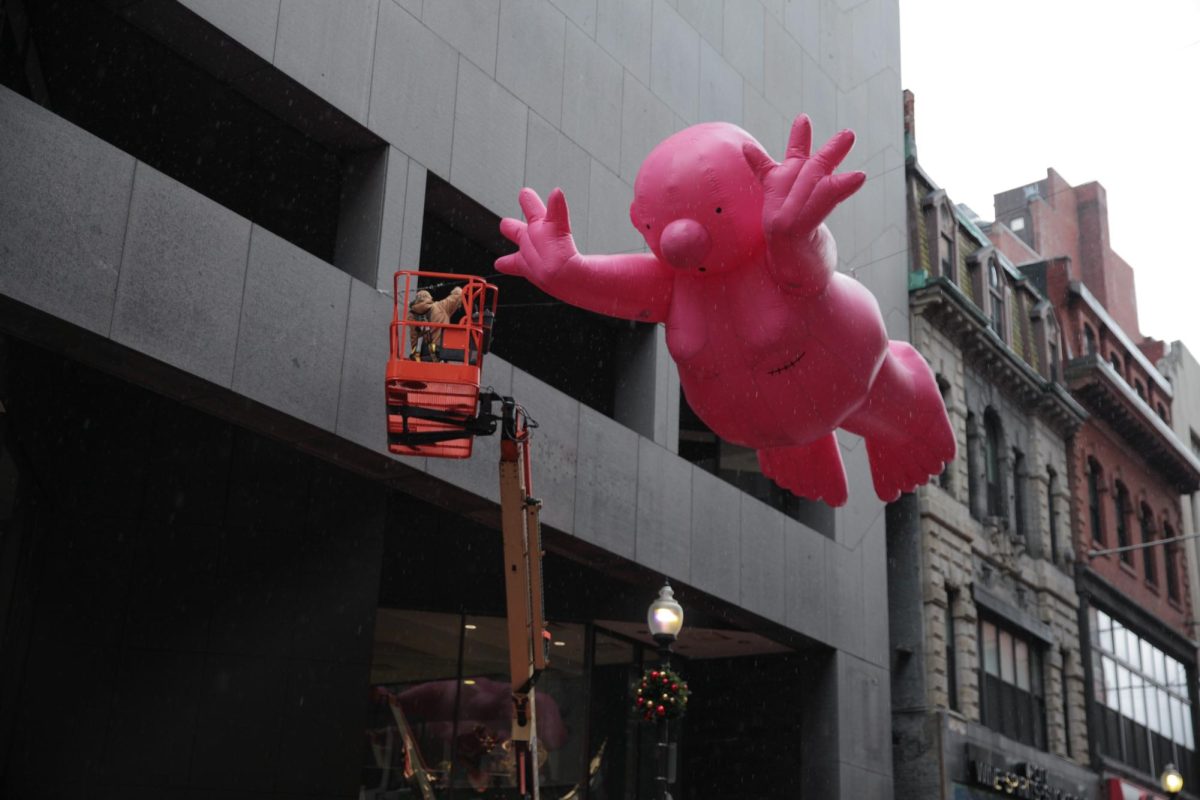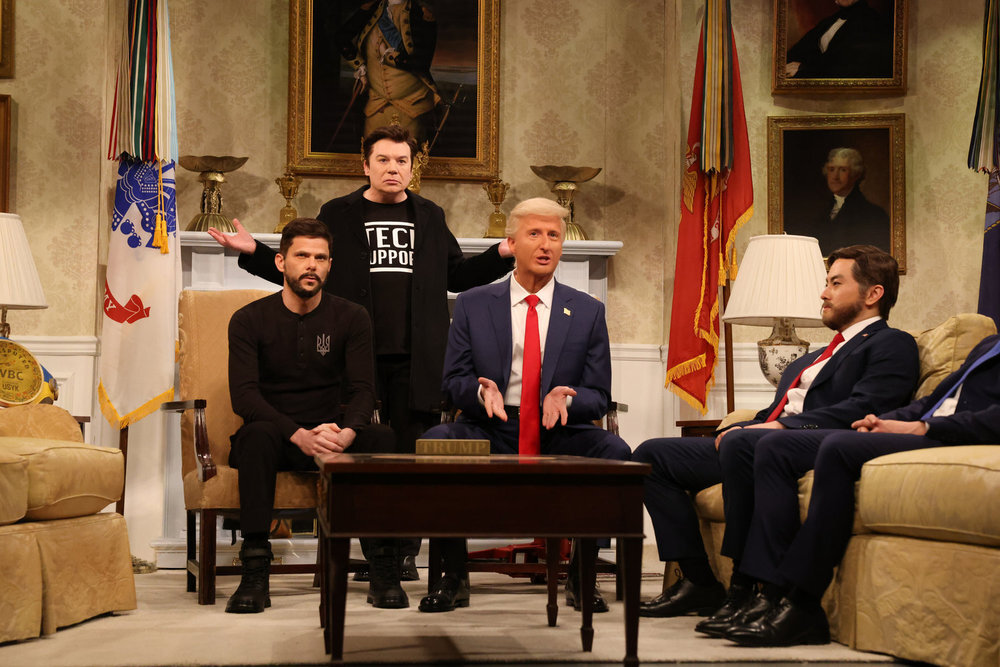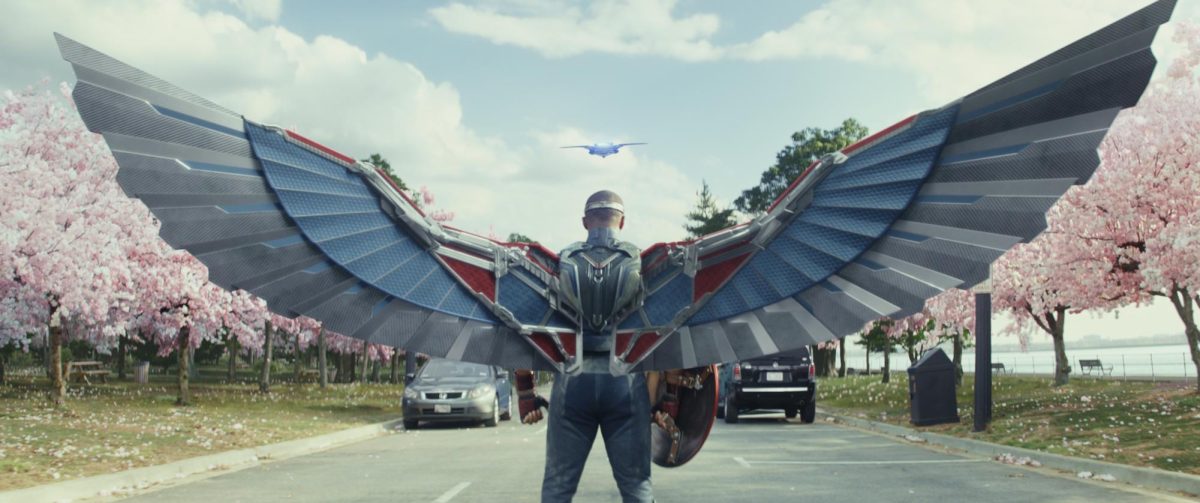by Angelica Recierdo, inside columnist
Sometimes I like to close my eyes and run my hands through my wardrobe. My fingers will touch obscure materials like leather or lace, denim or tulle. It’s like those exhibits at children’s museums where you stick your hand into a dark box and guess what curious item you’re touching. Lace and tulle are feminine and delicate – can blow away in a breeze. Denim and leather are callous, protection against the elements. I like to view my style as versatile – outfits that are statements but also uniform. A good friend described it as a hybrid of what you would wear to a concert and an interview.
The Staple Items
I’m drawn to A-line dresses and shapes. There’s nothing easier and more natural than a dress that cinches in all the right places. Depending on the weather, a tall boot, wedge, ballet flat or sandal can empower the dress or keep it grounded. In the summer, I would pull this outfit together with a denim jacket. There’s something about this piece that adds a little movement and ruggedness to a wardrobe, ideal for the woman constantly rolling up her sleeves. When autumn descends, a trenchcoat ties it all together with an air of mystery and authority. It is a fashion classic – not just for the office or spy movies. As the air grows crisp, a bright parka or oversized sweater or poncho allows for forgiving roominess without sacrificing style. When hand-picking accessories, I like to remember balance. Either the outfit should be loud or the accessories should be loud– rarely both. There is nothing sharper than an all-black outfit with cheetah print heels or a statement bib necklace meant for adorning a warrior.
The Showstoppers
The ferocity of fashion is here to stay. Designers are pushing boundaries and making textiles more innovative than ever. I like the whimsical juxtaposition of high-end luxury ads – a waif of a model in a dress made of pleather against a backdrop of a desert. We all have those items that collect dust and are displayed more than worn. Mine is a pair of heels where the heel is made of pieces of a disco ball. They’re perfect for a night out dancing, but their home is on my bookshelf, looking more like a trinket than proper shoes. In a woman’s jewelry box is every dream she’s ever had. In a tangled pile, there lie rings bigger than knuckles, bracelet cuffs and necklaces like chandeliers. In the closet are pashmina scarves with designs the likes of medieval tapestries and silk blouses that get dry-cleaned a couple times a year. These are the little luxuries we allow to punctuate our lives – when our presentation to the world should be an exclamation.
The Sentiments
I mostly sleep in a rotation of collected T-shirts from college visits, old sports teams and family trips. Like postcards from a road trip, they are worn and faded and have little to miss if they get ruined in the wash or left behind. Just like grandma’s pearls or an old prom dress you’re particularly fond of, these items stay through the years as a testament to how much you’ve grown or changed. They are reminders of people who have passed away or friends and lovers you don’t know anymore. Never will you wash or donate them.
Clothing is so pertinent to memory; we remember exactly what we wore during a life-changing event or occasion. In the forensic setting, clothes are salvaged and bagged for documentation and investigation – literally proof that we were here and something happened. In art and history museums, clothing is becoming more a part of exhibits to showcase an era or a tribe.
How many outfits do you wear every day, week, month and year? Do people know you by your scrubs or signature soccer cleats? The boy scout retires his uniform for a police officer’s badge, the child pageant queen upgrades to runway attire. So much of the intersectionality of our identities is based on clothing, and it is poetry to think messages can be blasted on T-shirts or in the angle of a woman’s shoulders in her strongest blazer. I believe an outfit is effective when a person’s essence shines through. In hospitals, patients wear gowns that can be easily untied and unbuttoned to access the body when medical intervention is necessary. If the most important parts of your identity can still be accessed past any get-up, that’s “best dressed” potential.
– Angelica Recierdo can be reached at [email protected].










